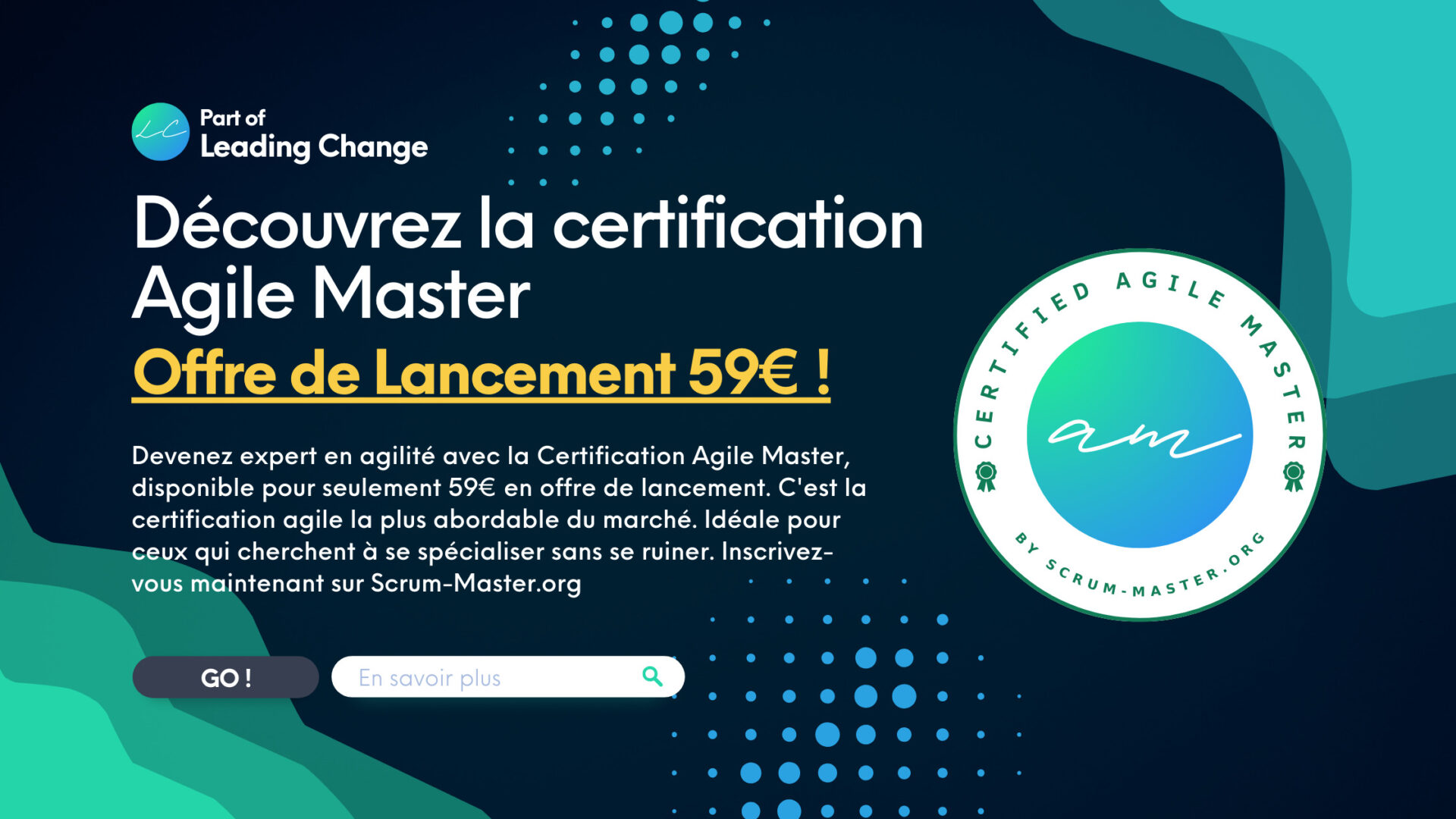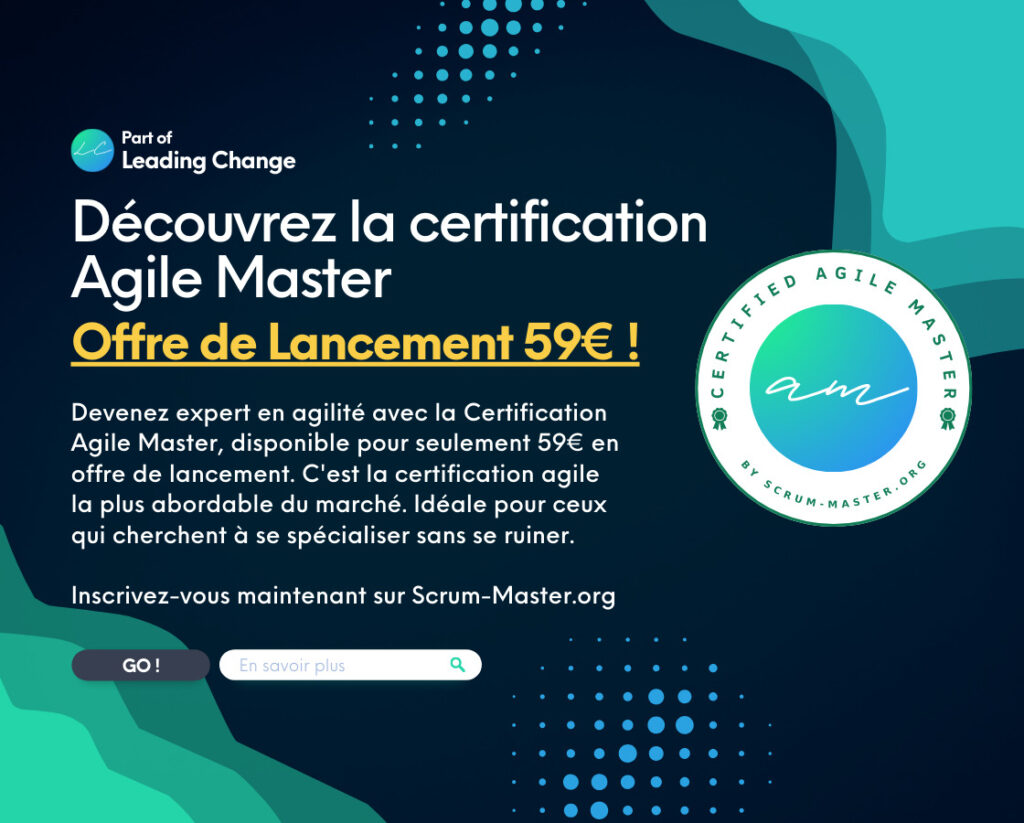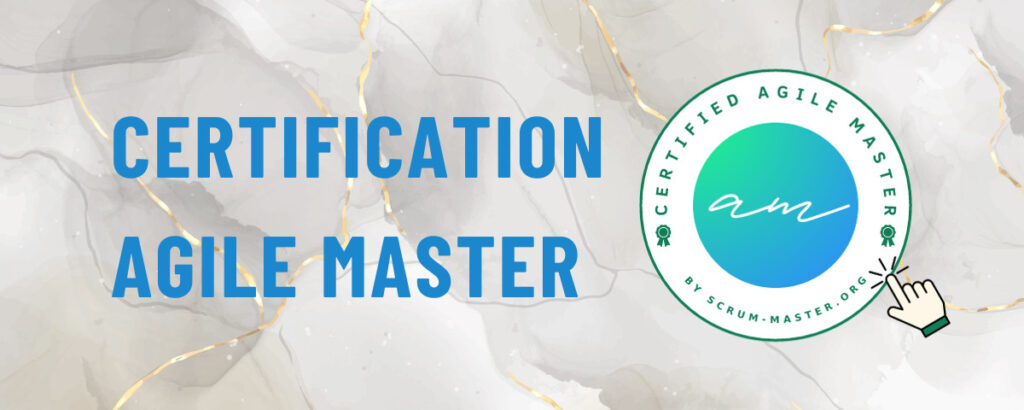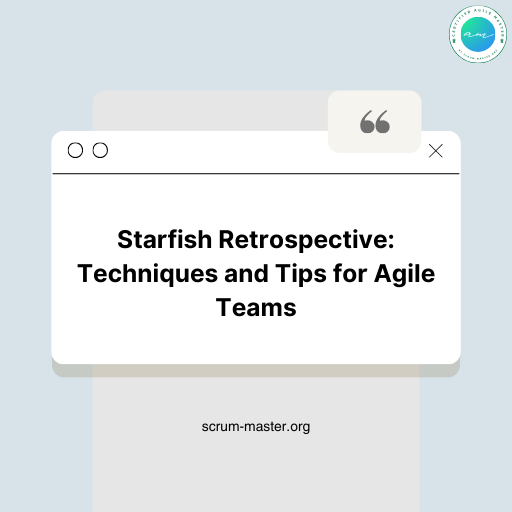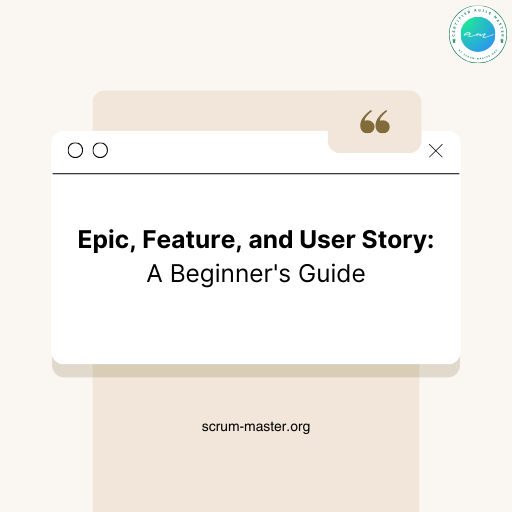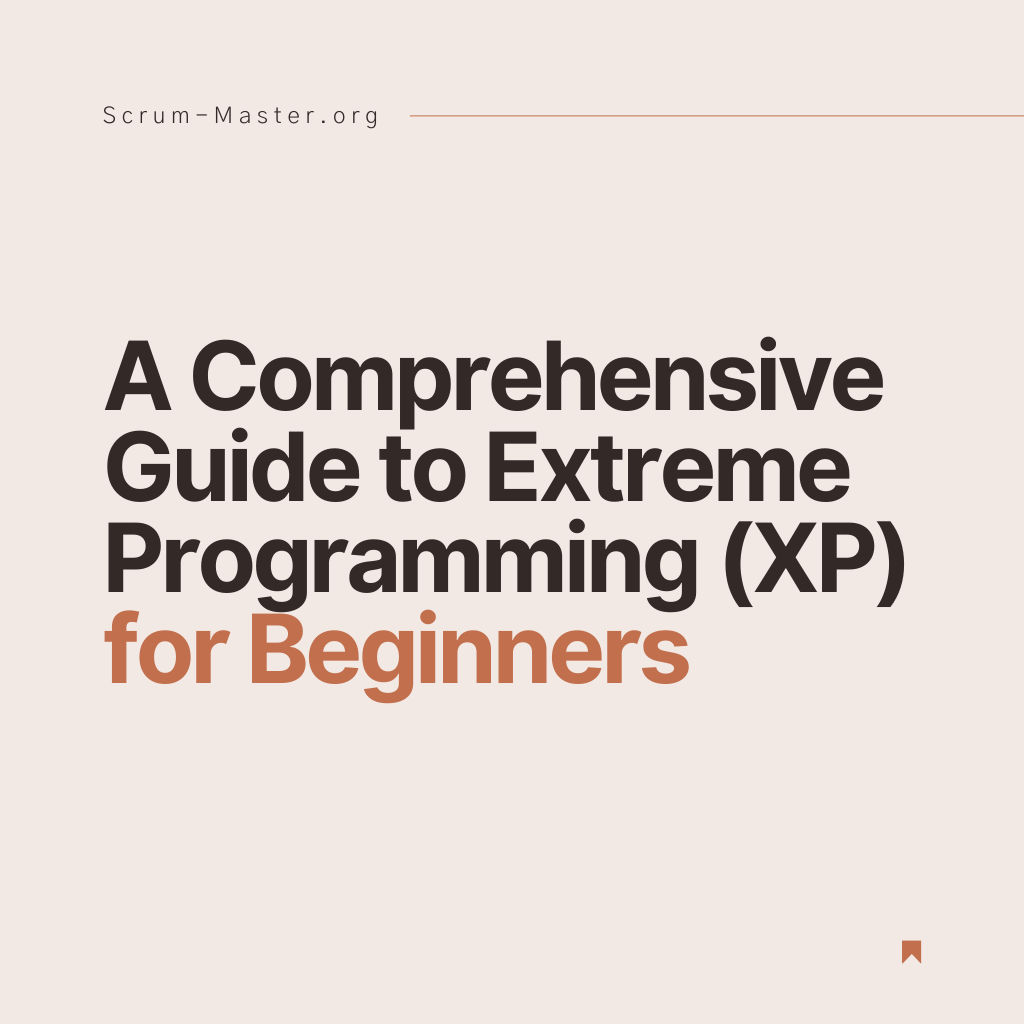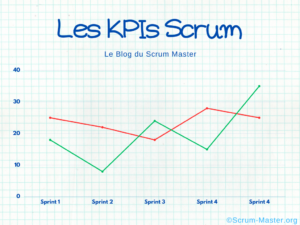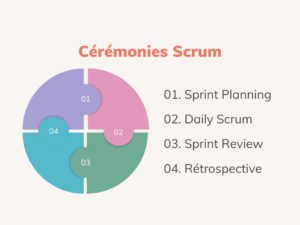Backlog Refinement is a key meeting in the Scrum Method, essential for preparing future sprints. Backlog refinement engages the Product Owner and the development team in collaborative reflection, to ensure that the backlog is ready for the next Sprint.
In this article, we’ll break down this ceremony in detail, covering roles, timing, techniques and tips for conducting these meetings successfully, while keeping in mind the flexibility needed to adapt to the dynamic changes of an agile environment.
Index
- 1 Applying Just in Time to Backlog Refinement
- 2 What is the purpose of Backlog Refinement?
- 3 Who attends the Refining meeting?
- 4 How do you know if a User Story is ready and well refined?
- 5 When and how often should Backlog Refinement take place?
- 6 How do I run a Backlog Refinement meeting?
- 7 Further information
Applying Just in Time to Backlog Refinement
Dynamic Deadline Prioritization
In the “Just in Time” agile approach, the depth of refinement of backlog items is directly linked to their implementation deadline. This methodology optimizes the team’s work by concentrating the refinement effort on the elements scheduled for the next sprint, thus avoiding premature detailing of work far in the future.
Prioritizing and detailing Backlog Items
According to the diagram below, the elements for the next sprint – on the left – are precisely described and ready for action. As we move to the right, representing more distant sprints, the items become progressively wider and less defined. This representation illustrates careful prioritization: tasks are finely detailed for the imminent sprint, while User Stories, epics and themes are deliberately kept more general to allow future adaptation without loss of effort.
By putting this strategy into practice, the team ensures that backlog refinement is not only efficient, but also responsive to impending changes. In this way, preparation for the next sprint is meticulous and intentional, allowing the team to focus on delivering value without being hampered by specifications that are too advanced for long-term initiatives.
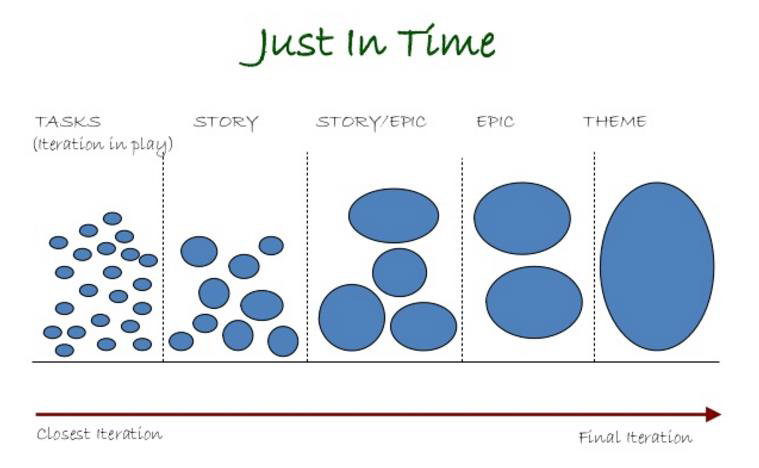
What is the purpose of Backlog Refinement?
The aim of Backlog Refinement in Scrum is to refine the Product Backlog, which is the list of work items to be completed for the project. This activity ensures that the backlog is clear and understood by the Scrum team, and that items are prioritized according to the project’s needs and objectives. The key benefits of Backlog Refinement are as follows:
Better planning: By regularly refining the backlog, the Scrum team can better plan future iterations, as it has a clearer understanding of what is needed for the product.
Optimize product value: By prioritizing and refining backlog items, the Scrum team can ensure that the most important work is done first, thereby optimizing product value.
Encouraging collaboration: Backlog Refinement is a collaborative activity involving the Scrum team, the Product Owner and other stakeholders, encouraging communication and collaboration between team members.
Promoting adaptability: Backlog Refinement enables the backlog to be modified and adjusted in line with changes in project needs and objectives, enabling the Scrum team to remain flexible and adapt to changes.
In short, Backlog Refinement is a crucial activity in Scrum because it enables the Scrum team to better understand the work items needed to achieve project goals, optimize product value, and foster collaboration and adaptability.
Who attends the Refining meeting?
Backlog Refinement is generally led by the Product Owner, who is responsible for managing the Product Backlog. Developers also take part, as does the Scrum Master if necessary. Other stakeholders such as customers or end-users may also be involved if appropriate. It depends on the context of your team and your organization.
The Product Owner leads the Backlog Refinement session and guides the team through the backlog items, providing explanations of each item, answering questions and discussing priorities. The Scrum team provides feedback on the items, asks questions and discusses how the items could be achieved. The Scrum Master can help facilitate the session and resolve any problems or blockages.
It’s important for the whole team to be involved in Backlog Refinement to ensure that Product Backlog items are understood and prioritized.
How do you know if a User Story is ready and well refined?
The INVEST criteria are a key tool in Scrum for creating effective and relevant User Stories. They ensure that each Story is well adapted to the needs of the team and the project. Here’s a quick overview:
Independent: Each User Story must be able to be realized autonomously, without depending on other Stories, and be completed in a single Sprint.
Negotiable: Story content must be flexible for discussion, fostering a shared understanding between the Product Owner and the Scrum team.
Business value: Each Story must bring clear, concrete value to the project, centered on the user’s needs.
Estimable: It’s crucial that the story is clear enough to allow a realistic estimate of its complexity and the time needed to complete it.
Small: The Story should be small enough to be developed and tested in a single iteration, focusing on a specific feature or action.
Testable: Well-defined acceptance criteria are needed to ensure that the Story can be properly implemented and tested.
These criteria help maintain the clarity and relevance of User Stories, facilitating the work of the Scrum team and contributing to the success of the project. Feel free to browse our full article on INVEST criteria for a User Story to find out more.
When and how often should Backlog Refinement take place?
The ideal cadence for Backlog Refinement is often weekly, with sessions lasting at least 30 minutes. However, this frequency can be adjusted according to the team’s specific needs.
In many Scrum teams, the importance of Backlog Refinement can be underestimated. Reinstating this meeting is crucial to maintaining the effectiveness of the development process. Beyond its primary function of breaking down features such as epics into User Stories, this ceremony also offers developers a perspective on the product’s future direction.
It is therefore essential that the development team and the Product Owner agree on a time dedicated to this practice. This discipline not only ensures clarity and preparation for the sprints to come, but also helps keep all team members aligned with the long-term vision of the product.
How do I run a Backlog Refinement meeting?
Backlog refinement requires a structured approach to maximize its effectiveness. Here are the key steps for an efficient meeting.
Step 1: Reviewing the agenda
- Introduction : The Scrum Master or Product Owner initiates the meeting by recalling its purpose and importance.
- Agenda : Presentation of the agenda to structure the session. I advise the Product Owner to prepare a shortlist of priority topics to be refined with his team.
Step 2: Review of Backlog Items
- Presentation by the Product Owner : Each element of the backlog is presented in detail.
- Clarification and Questions: The development team asks questions for a deeper understanding.
- Open discussion: Analysis and resolution of ambiguities or inconsistencies.
Step 3: Task estimation
- Estimation techniques : Adoption of methods such as planning poker to assess the complexity and effort required.
- Consensus : The team reaches agreement on the estimates.
- Estimate registration : Values are added to the tracking system.
Step 4: Backlog prioritization
- Importance discussion : assessing the value, risk and dependence of each element.
- Re-prioritizing: The Product Owner adjusts the order of tasks according to the discussions.
Step 5: Documentation and Conclusion
- Decision documentation: Ensure that all changes and decisions are properly recorded. We generally update the User Story content in our tracking tool (Jira, Trello, Notion, etc.).
- Summary: The Scrum Master summarizes the key points and decisions made.
- Planning the next meeting: Setting the date and objectives for the next refinement.
By following these steps, backlog refinement becomes a smoother process, enabling better project management and increased coordination between team members. This ensures that the backlog remains a living tool, constantly updated and aligned with project needs.
Further information
I urge you to read this book. As a Scrum Master, I can confirm that it is a reference for understanding the theory and practice of the Scrum framework:
Scrum, from theory to practice

